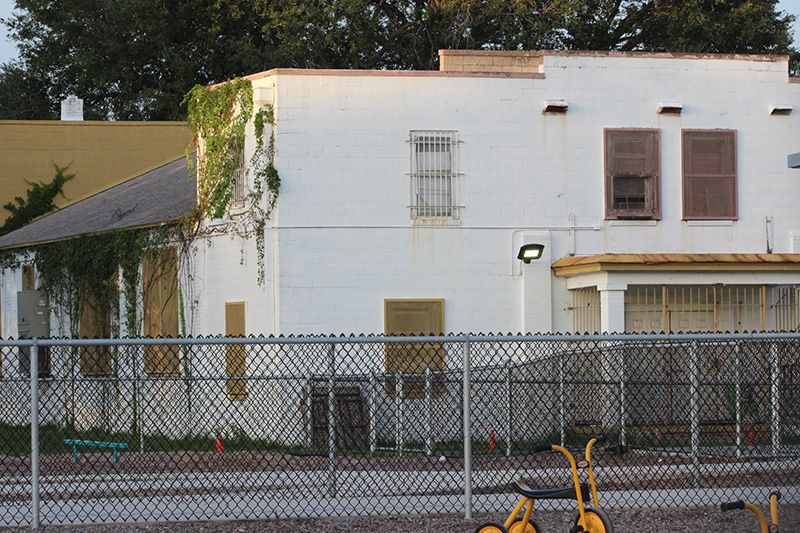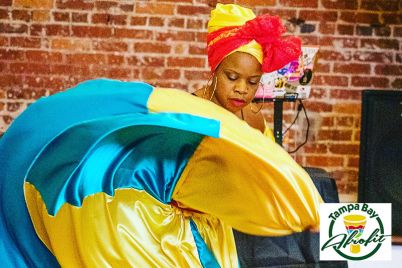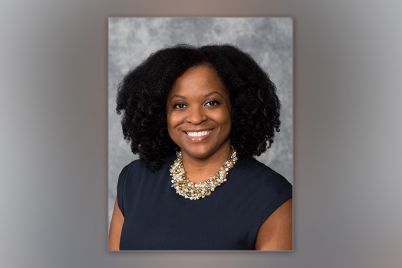Civic groups join together to save the historic Melrose Clubhouse, owned by the Pinellas County School Board, from demolition.
BY DEIRDRE O’LEARY, Staff Writer
ST. PETERSBURG — The historic Melrose Clubhouse was the subject of last month’s virtual “Community Conversation” sponsored by Tombolo Books. Event organizers and speakers included Gwendolyn Reese, president of the African American Heritage Association of St. Petersburg, Veatrice Farrell, executive director of Deuces Live Redevelopment Corp. and Monica Kile, local historian and former executive director of Preserve the Burg.
The Melrose Clubhouse was dedicated in 1942 at the height of the Jim Crow area by a group of African-American women, including prominent civic leaders Fannye A. Ponder and Olive B. McLin. It served as a meeting place for several groups such as a women’s club, a war nursery, the Boy and Girl Scouts, the NAACP, the National Council of Negro Women and the Colored YMCA.
The historic building currently is on the campus of Melrose Elementary School and is owned by the Pinellas County School Board. Details of the purchase are not shown on the Pinellas County Property Appraiser website. Its future is uncertain, as the School Board recently considered tearing it down.
The clubhouse is one of 12 historic buildings in south St. Pete and received historic designation by the city in 1993. It is one of three buildings of interest to the African-American community outside the 22nd Street corridor to receive this designation. The others include the Bethel AME Church and the Fannye A. Ponder Council House.
African-American landmarks typically hold cultural relevance rather than notable architectural features.
“It’s less about the style of architecture oftentimes than it is about who it’s associated with or what happened there,” explained Kile. “You’ll find that a lot in Black communities because there wasn’t necessarily always the money to build these big grand style buildings that you might see in white communities, and so you get a lot more vernacular architecture.”
The area Blacks were allowed to live expanded slowly in St. Petersburg. In 1920, African Americans lived in Methodist Town, Gas Plant, and Pepper town, all north of Fifth Avenue South. Pepper Town was near the railroad and was a convenient place for railroad workers to live.
By 1930, the segregated area extended south of Fifth Avenue to include the Manhattan Casino and Mound Park Hospital.
In 1931, the city codified the segregated residential Black area to be contained within Sixth Avenue and 15th Avenue South, and between 31st Street and 18th Street. Residential segregation became law.
By 1951, the Black residential community grew around the 22nd Street business district. A Black dentist, Dr. Robert Swain, broke the 15th Avenue boundary when he established his dental office and other buildings just over the legal line. He sued the city in 1954 and won the right to have his practice there.
Regarding the future of the Melrose Clubhouse, the Pinellas County School Board has to go through a formal process to demolish it, according to Reese. It must submit a request to the City Commission for Planning and Preservation, where Reese holds a seat. She said this process could be influenced by the community coming out in large numbers to city council meetings.
Reese added that the school board stepped back from demolishing the building currently but is not speaking to community representatives about its plans. She saw architectural renderings that modify the outside of the building. Reese said a Freedom of Information Act request revealed that someone was given a contract to curate the history of the Melrose Clubhouse building.
“It was really one of the only places where you could have large group meetings or activities in the Black community, and the fact that it is now threatened, that there is any discussion of demolishing it to me is just a travesty.”
Farrell thinks the community should also communicate directly to the school board. This past February, representatives of Deuces Live spoke at a school board meeting, urging them to preserve the clubhouse.
The presentation included a slide show featuring several African-American historic buildings in St. Petersburg. The entire virtual event can be viewed on Tombolo Books’ Facebook page.
Local historical landmarks associated with African-American history in St. Pete
- Bethel AME, 912 3rd Avenue N
- Fannye A. Ponder Council House site, 1835 9th Ave S
- Mercy Hospital, 1344 22nd St S
- Manhattan Casino, 642 22nd St S
- Southside Junior High, 1701 10th St S
- Robert Swain Dental Office, 1501 22nd St S | Swain Apartments, 1511 22nd St S
- Trinity Presbyterian Church / Happy Worker’s Day Nursery, 902 19th St S
- Royal Theater, 1011 22nd St S
- Jordan Elementary School, 2392 9th Ave S
- Jennie Hall Pool Complex, 2650 10th Ave S
- Merriwether Building, 951-63 22nd St S (demolished in a storm)
- Washington-Harden Grocery, 901-03 22nd St S
- Moure Building, 909-13 22nd St S
Upcoming Community Conversations:
Nov. 11 at 6:30 p.m. EST – The Boston brothers’ “Black Pioneers of the Sunshine City” documentary and discussion (90 minutes)
Dec. 16 at 6:30 p.m. EST – Pinellas Remembers: The Lynching Memorial Dedication
Jan. 20 at 6:30 p.m. EST – A Conversation with Dr. Charles Dew, author of “The Making of a Racist”
To reach Deirdre O’Leary, email do’leary@theweeklychallenger.com











